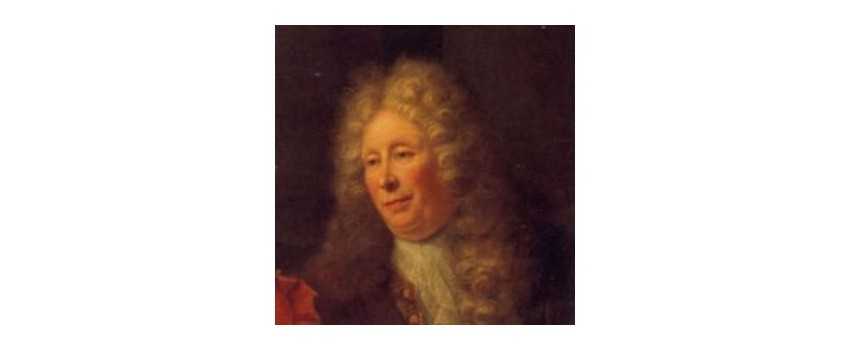Caix D'Hervelois, Suite No 2 In D Min For Cello (Schott)
Caix D'Hervelois, Suite No 2 in D min for Cello (Schott)
Louis de Caix d'Hervelois was born in 1670 in a small village in France, where he began his musical studies at a young age. His parents, both musicians, recognized his talent early on and encouraged him to pursue a music career. Louis was a natural-born musician who excelled in playing the viola da gamba, a popular string instrument of the Baroque period. At 16, Louis moved to Paris to further his studies under the tutelage of the renowned French composer and viola da gamba player Marin Marais. During this time, Louis honed his skills as a musician and began composing his own music. He soon became recognized for his talent and was appointed as a musician in the court of King Louis XIV. Louis was greatly influenced by the French Baroque style of music, characterized by its ornate melodies and intricate harmonies. He was particularly enamored with the music of Jean-Baptiste Lully, the court composer during Louis XIV's reign. Louis incorporated many of Lully's techniques into his compositions, which helped him develop his unique style of music.
Louis de Caix d'Hervelois rose to fame as a Baroque composer and musician during the late 17th and early 18th centuries. He was highly regarded for his compositions for the viola da gamba, known for their intricate melodies and virtuosic performances. Louis' music was often performed in the French court, and he became a favorite of King Louis XIV. One of Louis' most famous works is his "Suites for the Viola da Gamba," which consists of six suites that showcase his mastery of the instrument. The suites are filled with beautiful melodies and intricate harmonies, which have made them a favorite among Baroque music enthusiasts. Louis' music was popular in France and performed throughout Europe, making him one of the most renowned musicians of his time.
Louis de Caix d'Hervelois was a prolific composer who left behind a rich legacy of music. In addition to his suites for the viola da gamba, he composed several pieces for the harpsichord and other string instruments. His music was a testament to the French Baroque style, characterized by its ornate melodies and intricate harmonies. Louis' contributions to music were significant, as he helped shape the French Baroque style and influenced other composers of his time. In addition, his music was highly regarded for its technical virtuosity and ability to evoke emotion in the listener. Louis' legacy continues to live on today, as his music is still performed and enjoyed by audiences worldwide.
Louis de Caix d'Hervelois' legacy extends beyond his music into modern music. His influence can be heard in the works of many contemporary composers inspired by his Baroque style. Louis' use of intricate harmonies and ornate melodies has influenced the development of classical music, and his virtuosic performances on the viola da gamba have inspired many musicians to master the instrument. Louis' music has also been used in films, television shows, and even video games, demonstrating its enduring appeal to audiences of all kinds. In addition, his compositions have been adapted and reinterpreted by contemporary musicians, who have added their unique twists to his already brilliant music.
Louis de Caix d'Hervelois was a true musical treasure whose talent and legacy enchant audiences today. His contributions to music were significant, as he helped shape the French Baroque style and influenced other composers of his time. In addition, Louis' music was highly regarded for its technical virtuosity and ability to evoke emotion in the listener. Today, Louis de Caix d'Hervelois' music continues to be performed and enjoyed by worldwide audiences. His legacy lives on, as his music inspires contemporary musicians and listeners. Louis de Caix d'Hervelois' enchanting world of music is a true testament to the enduring power of musical artistry.

Caix D'Hervelois, Suite No 2 in D min for Cello (Schott)